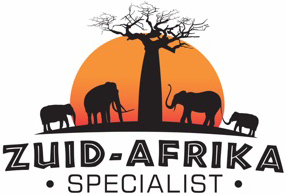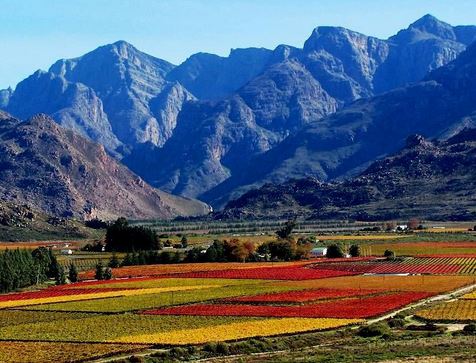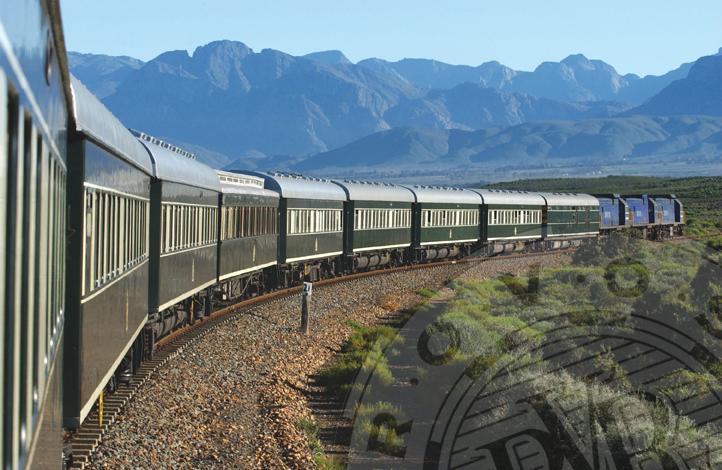Kruger National Park
With an area of almost 20,000 km2, the Kruger Park is South Africa’s largest game park. It lies for the most part in the province of Limpopo. The park was opened in 1898 during the reign of President Paul Kruger. After hunters had properly reduced the original number of wild animals from the Sabie to the Crocodile River, the area was placed under nature protection to prevent the remaining animals from becoming extinct.
The park extends from the Crocodile River in the south to the Limpopo River in the north, which is also the international border. In total 350 km long and 65 km wide. A road network of 1863 kilometers leads through the National Park, of which about 697 km are tar roads. There are many different accommodation options for visitors in the form of rest camps and private accommodations. Touring is only permitted in the park between sunrise and sunset.
Nine holes
The park has nine entrance gates (entrance gates). At the gates you pay an entrance fee for the car and the number of people. Once inside, you look forward to the many animal and plant species. The best known and most dangerous animals are the so-called Big Five: elephant, buffalo, lion, leopard, rhino.
Climate
In Limpopo, the climate is sub-tropical. There are two seasons, the wet season and the dry season. The wet rainy season falls in the South African summer and runs from October to March. It is harder to spot animals during this season as the leaves of trees and shrubs are an excellent hiding place for wildlife.
The dry winter season runs from April to September. The vegetation grows little due to a lack of water and remains low. The days are pleasantly warm and dry, but the nights can be cold at this time of the year.
Transport
You can easily visit the Kruger Park with a rental car or camper. The road network in the park is fine, with your own car you must of course stay on the paved roads, sandy paths are only for safari vehicles. A game drive with a ranger is definitely recommended.
You can also go to Kruger Park by plane, bus or private transfer. Ask us about the possibilities.
Rules
To protect wildlife, a number of strict rules apply to visitors in the Kruger Park.
– You may only leave your car in places where this is permitted, such as in bush camps and picnic areas.
– You stay with your car on paved or unpaved roads (paved paths if you drive a normal sedan). It is not allowed to drive outside the paths.
– Maximum speed on tar roads is 50 km per hour and on gravel roads 40 km per hour. – Take into account the limited speed when planning your trip.
– You must leave the park before closing time or check in at your accommodation in the park.
– Feeding animals is strictly prohibited.
– You can only spend the night in the park in pre-booked and approved accommodations.
– You can only use your mobile phone in camps, at gates or in an emergency.
– Make sure you have a good map before you enter the park.
| Gate Times | Jan | Feb | Mar | April | May | June | Jul | Aug | Sept | Oct | Nov | Dec |
| Entrance Gates Open | 05:30 | 05:30 | 05:30 | 06:00 | 06:00 | 06:00 | 06:00 | 06:00 | 06:00 | 05:30 | 05:30 | 05:30 |
| Camp Gates Open | 04:30 | 05:30 | 05:30 | 06:00 | 06:00 | 06:00 | 06:00 | 06:00 | 06:00 | 05:30 | 04:30 | 04:30 |
| All Gates Close | 18:30 | 18:30 | 18:00 | 18:00 | 17:30 | 17:30 | 17:30 | 18:00 | 18:00 | 18:00 | 18:30 | 18:30 |
Accommodations
Most SAN parks rest camps (government accommodations) have electricity, first aid post, shop, barbecue and communal kitchen facilities, washing machine, restaurant or self-service cafeteria, telephone and a gas station. Look at the relevant park for the right facilities.
Besides these rest camps, there are also other accommodation options in the park. These are mostly in private game reserves and are generally more luxurious than the rest camps and often offer fully catered programs.
All images / information on this page: © SANParks.org 2004-2016
Add to my travel plans


